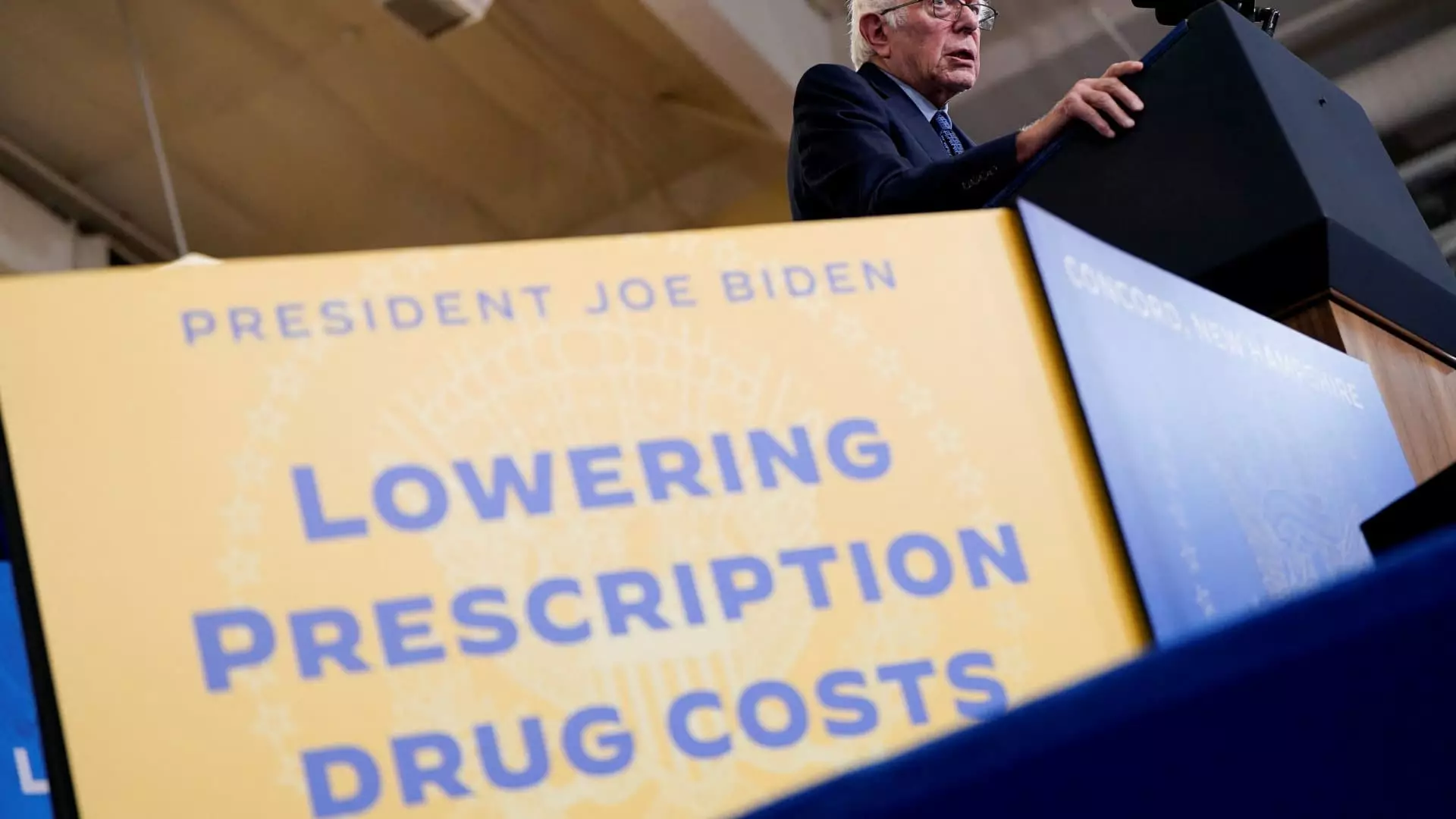Medicare, the federal health insurance program for seniors, is undergoing significant reforms aimed at alleviating the financial burdens of prescription drugs on its beneficiaries. In particular, the recent implementation of a $2,000 cap on out-of-pocket drug expenditures is poised to bring substantial relief, especially to those battling chronic and severe conditions. A report by AARP highlights the potential savings and implications of these changes, painting a hopeful picture for millions of seniors who often find themselves juggling essential medications with their limited incomes.
As of this year, Medicare Part D enrollees have a new safety net with the introduction of a $2,000 limit on annual out-of-pocket spending for prescription medications. This cap is part of the Inflation Reduction Act of 2022 championed by President Joe Biden, a legislative move that aims to dramatically reduce the costs associated with pharmaceuticals. Prior to this legislation, many seniors faced exorbitant drug prices, often paying two to three times more than their counterparts in other developed countries. The AARP report indicates that a staggering 94% of the over one million Medicare beneficiaries projected to reach this cap in 2025 will experience a significant reduction in their out-of-pocket costs, resulting in an average savings of around $2,474—a remarkable 48% cut in their total expenses.
This newfound financial breathing room is particularly significant for older adults, who often reside on fixed incomes—in 2021, the median income of Medicare beneficiaries stood approximately at $36,000 annually. Hence, the savings envisioned by these policy changes not only alleviate drug costs but also provide precious funds that can be redirected towards essential living expenses such as rent or groceries.
Understanding the Potentials and Challenges
While the prospect of reduced drug costs is exhilarating for many, it is crucial to examine the complexities surrounding this initiative. Even though the AARP report indicates transformative benefits for the majority, about 6% of Part D enrollees facing increased costs in 2025 highlights that some individuals may still struggle under the existing system. Specifically, these individuals could potentially see an increase of about $268 in their spending, underscoring the necessity for continual evaluation of Medicare policy and its impact on diverse demographics within the senior population.
Moreover, despite the hope brought by the $2,000 cap, beneficiaries may face elevated premiums in 2025. Some pundits and critics have linked these rising costs directly to the new law, misleadingly interpreting these increases as negatives rather than viewing them through the lens of the overall savings framework. Nevertheless, advocates point out that these premium rises are dwarfed by the savings on out-of-pocket expenditures, particularly when anticipated price negotiations for selected medications take effect in 2026.
The AARP report’s findings extend beyond immediate outlooks, projecting that approximately 3.2 million Medicare recipients will save under the cap in 2025. This number is expected to swell to 4.1 million by 2029 as more beneficiaries become aware of and take advantage of this economic relief. These statistics compel a larger conversation about the progressive trajectory of Medicare and its broader implications on healthcare affordability in the US. Research from health policy organizations, such as KFF, indicates a growing trend of increasing costs facing Medicare enrollees, necessitating continual monitoring and potential reform.
The potential changes coming within Medicare could dramatically reshape the healthcare landscape for seniors in America. As the program strives to strike a balance between maintaining budgetary constraints and providing for its enrollees, the current reforms spotlight the necessity of focusing on equitable access to medicines. The financial reality for Medicare beneficiaries—who often cite medication costs as a primary source of stress—indicates an urgent need for ongoing advocacy for patient-centered policies.
Ultimately, the introduction of a $2,000 cap on Medicare beneficiaries’ out-of-pocket spending signifies a seismic shift in the way older adults can manage their health expenses. While navigating the complexities of premiums and potential outlier experiences, the broad trends point toward an era of improved affordability and accessibility for necessary medications. This initiative paves the way for patients to regain control over their financial and health futures, enabling them to prioritize their well-being rather than merely surviving on a fixed income. As these potential savings kick in, the emphasis shifts from mere survival to allowing seniors to thrive amidst financial uncertainties.


Leave a Reply